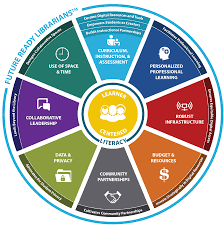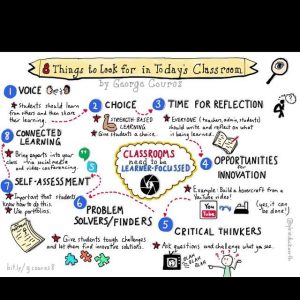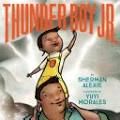Pushing Us to Excellence
This post is week 3 of 8 in the #8WeeksofSummer Blog Challenge for educators.
The Prompt: Describe new or additional supports your learners needed this year.
Covid year brought out the need to be intentional in our regular support of learners. I’m not sure the supports were necessarily “new” or “additional” but rather refurbished and intentional. Why?
I believe all educators want their lessons to be engaging, motivating, and thought provoking. However, this year, I saw educators (including myself) go to greater heights and efforts to make sure their lessons were “wow”. Perhaps it was the social distancing or online format, but for whatever the reason, it seems that engagement came to the forefront of conversations with educators.

As a school librarian, I stretched myself to create book talks, library programming, digital breakout.edu games, stick togethers, tried choice boards, book creator, pear deck, flipgrid, and kahoots — all to reach the goals of capturing students’ attention and filling their need for thought provoking and challenging learning. Myself and other educators took more risks with their instruction because our students needed more than ever the status quo. I grew in my awareness of amazing technology tools and book therapy (the original SEL). It is my hope and plan to continue using these amazing tools and challenging myself to push the barriers of traditional learning to be sure that all students are being met wherever they are — it is almost a User Design idea. Gee, that’s not even new either! So let’s embrace the growth and continue the good because engaging, thought provoking learning is not just for Covid it is for always!






